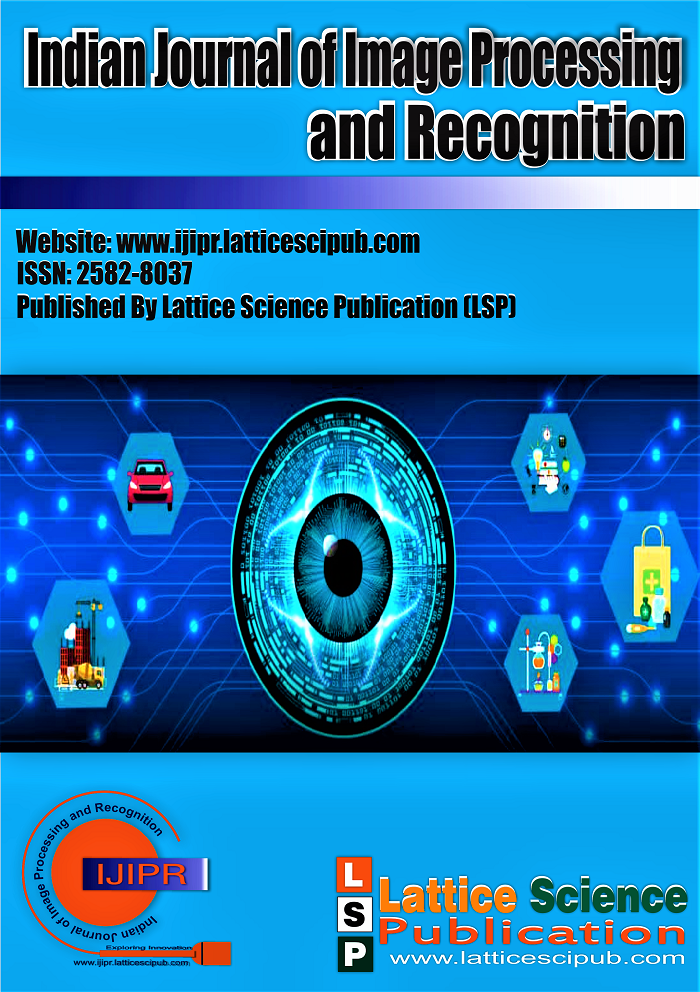On the Need of Quick Monitoring for Wildfire Response from City Halls
Main Article Content
Abstract
This case study shows that the assessment of burned areas can be done with remote sensing data free of charges in a simple laptop. Describing the open-source software and the methodology step by step, we expect to make it available for county workers in areas attained by wildfires, where a quick response is much needed, as the availability of information is essential for the immediate planning of mitigation measures, such as restoring road access, allocate funds for the recovery of human dwellings and assess further restoration of the ecological system. The example used is a succession of wildfires in Portugal mainland during the summer of 2017, that kills more than 60 people and seriously damaged local resources. Wildfires devastate forest ecosystems, having direct impact on vegetation cover and animal population. The economic interest is also attained, as resin extraction ends and the pine wood burned become useless for the most noble applications, so its value decreased. The tools described in this paper establish a baseline for major changes in forest ecosystems recover and allows to target priorities. Moreover, the result allows the follow up of the surface fuel loading, enabling the targeting of restoration measures in a time basis planning.
Downloads
Article Details

This work is licensed under a Creative Commons Attribution-NonCommercial-NoDerivatives 4.0 International License.
How to Cite
References
L. Szabó, B. Deák, T. Bíró, G. J. Dyke, S. Szabó, “NDVI as a Proxy for Estimating Sedimentation and Vegetation Spread in Artificial Lakes—Monitoring of Spatial and Temporal Changes by Using Satellite Images Overarching Three Decades”, in Remote Sensing, May 2020, vol. 12(9), 1468. https://doi.org/10.3390/rs12091468 [CrossRef]
G. M. Gandhi, S. Parthiban, N. Thummalu, A. Christy, “Ndvi: Vegetation Change Detection Using Remote Sensing and Gis – A Case Study of Vellore District”, in Procedia Computer Science, Vol. 57, 2015, pp. 1199-1210, ISSN 1877-0509, https://doi.org/10.1016/j.procs.2015.07.415 [CrossRef]
F. Pérez-Cabello, R. Montorio, D. B. Alves, “Remote sensing techniques to assess post fire vegetation recovery”, in Current Opinion in Environmental Science & Health, vol. 21, June 2021, ISSN 2468-5844, https://doi.org/10.1016/j.coesh.2021.100251 [CrossRef]
A. M. Lechner, G. M. Foody, D. S. Boyd, “Applications in Remote Sensing to Forest Ecology and Management”, in One Earth, vol. 2 (5), May 2020, pp. 405-412 [CrossRef]
J. Dash, D. Pont, R. Brownlie, “Remote sensing for precision forestry”, in New Zealand Journal of Forestry, vol. 60(4), pp. 15-24, March 2016,
R. Meng, P. E. Dennison, C. M. D'Antonio, M. A. Moritz, “Remote sensing analysis of vegetation recovery following short-interval fires in Southern California shrublands”, in Plos One, vol. 9(10), Oct 2014 doi: 10.1371/journal.pone.0110637 [CrossRef]
Sentinel-2 - Missions - Sentinel Online (esa.int) Accessed Nov 2021
User Guides - Sentinel-2 MSI - Overview - Sentinel Online (esa.int), Accessed November 2021
Sentinel-2 - Satellite Description - Sentinel Online - Sentinel Online (esa.int) Accessed October 2021
SENTINEL-2 User Handbook, ESA Standard Document, ESA 2015
Sentinel-2 - Missions - Resolution and Swath - Sentinel Handbook - Sentinel Online (copernicus.eu) Accessed October 2021
SNAP Download – STEP (esa.int) Link for the actual version (Nov 2021)
A. R. Huete, K. F. Huemmrich, T. Miura, X. Xiao, K. Didan, W. Leeuwen, F. Hall, C. J. Tucker, “Vegetation Index greenness global data set”, White Paper for NASA ESDR/CDR, April 2006
Sentinel 2 Bands and Combinations - GIS Geography, accessed Nov 2021
P. Konkathi, A. Shetty, “Assessment of Burn Severity using Different Fire Indices: A Case Study of Bandipur National Park”, in Proc. IEEE Recent Advances in Geoscience and Remote Sensing: Technologies, Standards and Applications (TENGARSS), October 2019 DOI: 10.1109/TENGARSS48957.2019.8976036 [CrossRef]
S. A. Parks, G. K. Dillon, C. Miller, “A New Metric for Quantifying Burn Severity: The Relativized Burn Ratio”, in Remote Sensing, vol. 6(3), January 2014, DOI: 10.3390/rs6031827 [CrossRef]





